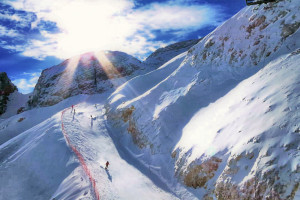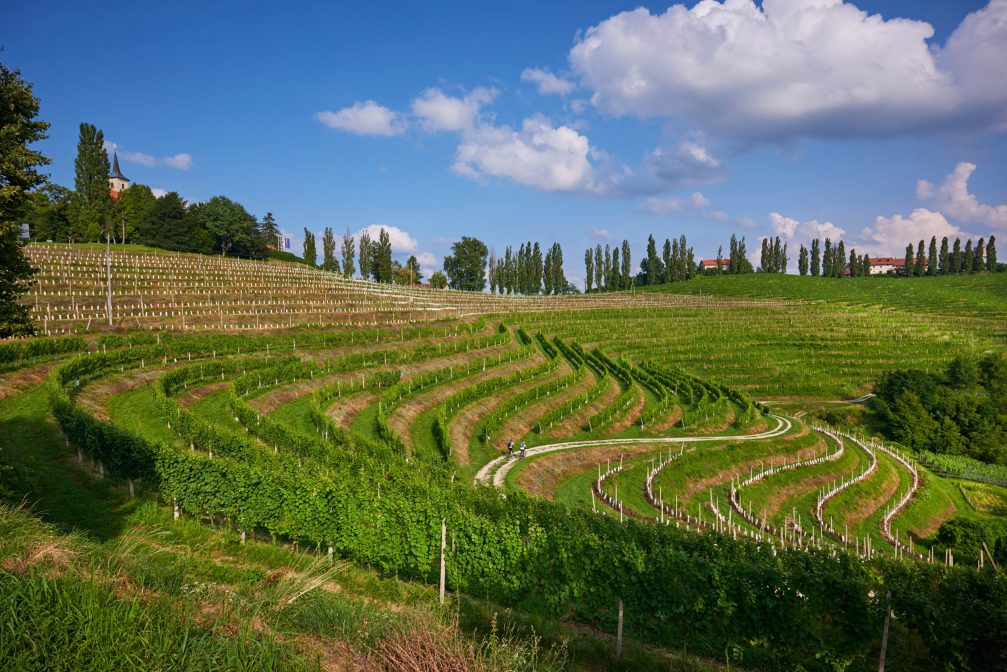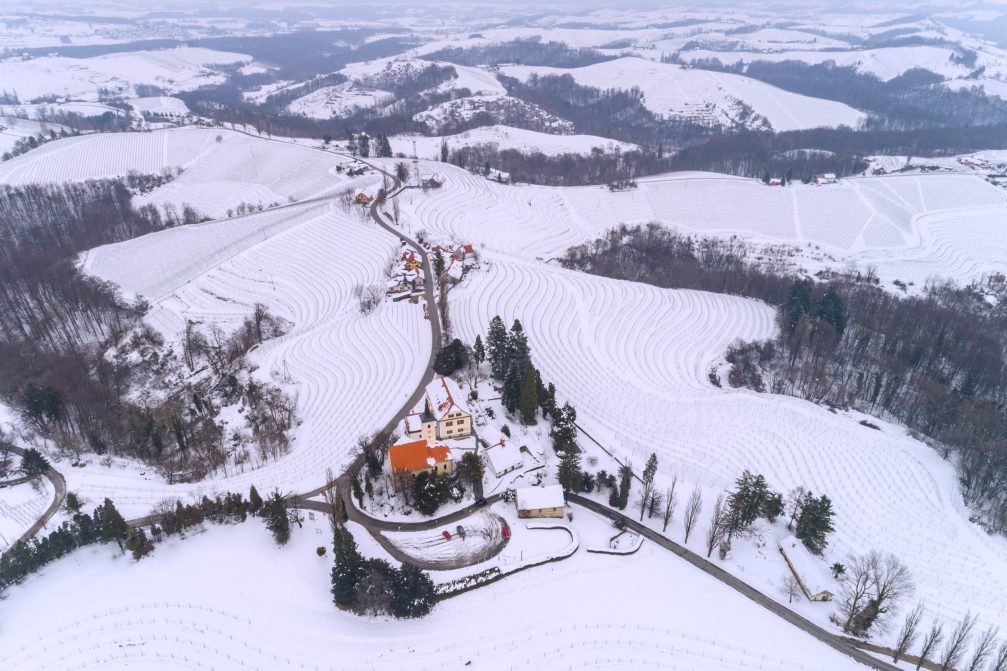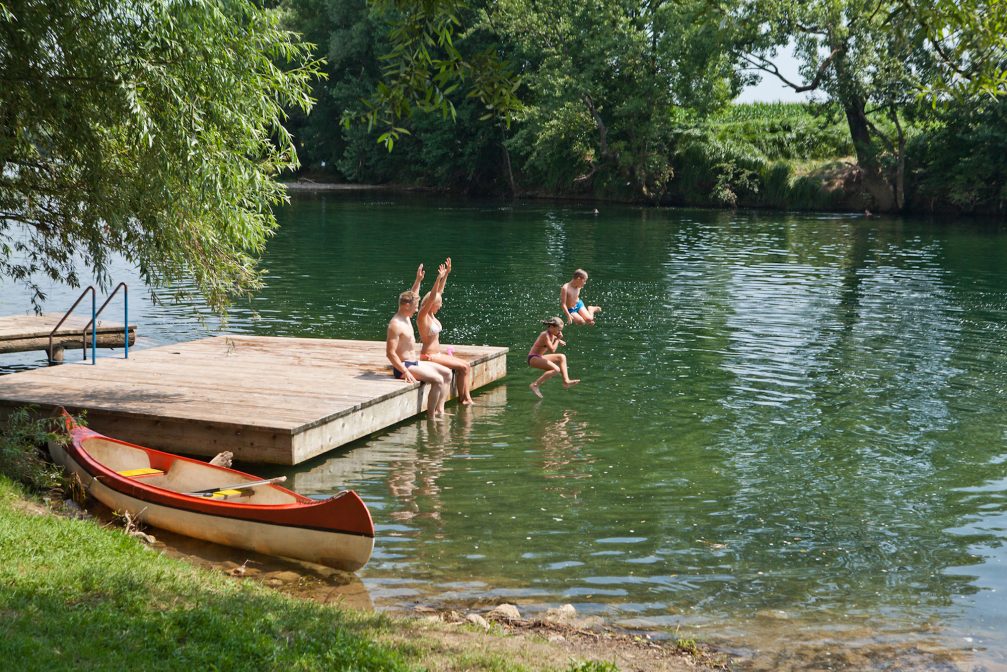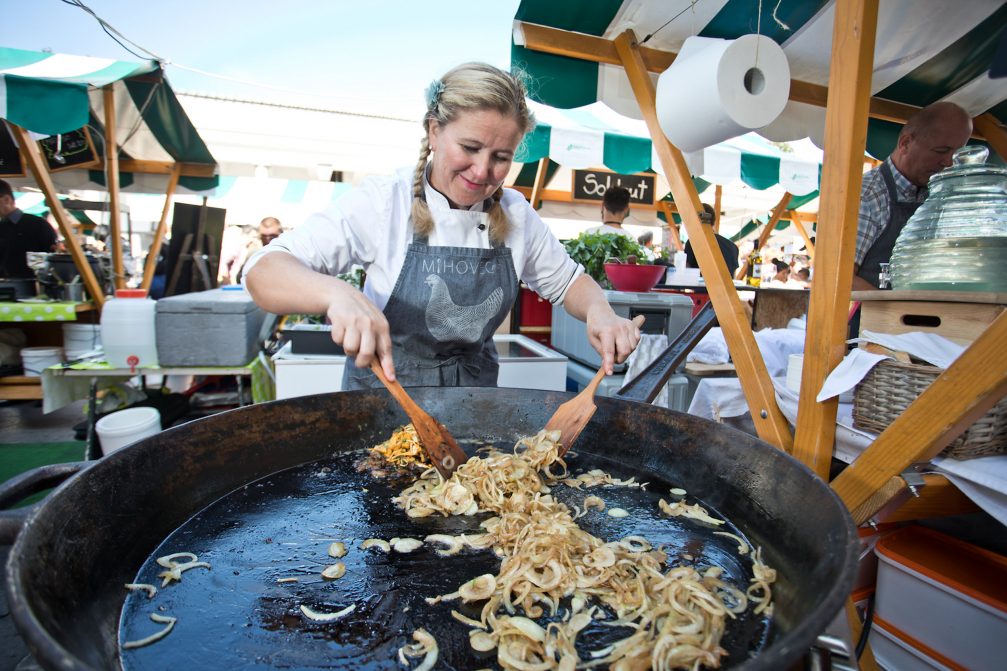We are delighted to let you know that Lake Bled has landed in the top 10 of Lonely Planet’s Ultimate Travel List. LONELY Planet has named the top 500 travel destinations to visit in their 2020 Ultimate Travel List. Lake Bled came in at number 6.

Slovenia’s most picturesque lake was named the number six place to visit in Lonely Planet’s latest Ultimate Travel List, a book ranking 500 travel experiences all around the world. (photo: Jure Korber and Tjasa Borsnak)
The longlist of destinations was compiled from Lonely Planet guidebook highlights, before being whittled down to a shortlist. Readers and experts were then asked to vote on their top 20 travel experiences to create a definitive ranking. Entries were also given extra points if their sustainability credentials stacked up, while points were deducted for destinations known to suffer from overtourism.
“We changed the way we calculated the list,” said Lonely Planet’s VP of publishing, Piers Pickard. “For this edition we rewarded extra points to sights that are managing tourism sustainably.” He added: “After seven months of staying at home, now’s the perfect time to start thinking about where and how to travel once normality returns. In putting together this book, we were excited by changes in both the ‘where’ and the ‘how’. We added 200 new entries into our list of the world’s Top 500. And we were both surprised and reassured by just how many of the Top 500 are working hard to create more sustainable visitor experiences.”
The Ultimate Travel List
1. Petra, Jordan
2. The Galápagos Islands
3. Uluru-Kata Tjuta National Park, Australia
4. Okavango Delta, Botswana
5. Yellowstone National Park, USA
6. Lake Bled, Slovenia
7. Iguazú Falls, Argentina-Brazil
8. Temples of Angkor, Cambodia
9. Salar de Uyuni, Bolivia
10. Annapurna Circuit, Nepal

Bled is possibly the most popular tourist destination in Slovenia. (photo: Jure Korber and Tjasa Borsnak)

Perched atop a steep cliff more than 130 meters above the lake, Bled Castle is one of the most-visited historic attractions in Slovenia. (photo: Jure Korber and Tjasa Borsnak)
 With an incredibly beautiful glacial lake surrounded by the peaks of the Slovenian Alps, an iconic church nestled in a tiny island in the middle of the lake and a medieval Gothic castle built on a 100-meter cliff overlooking the lake, Bled is possibly the most beautiful and remarkable Alpine resort in Europe. |


